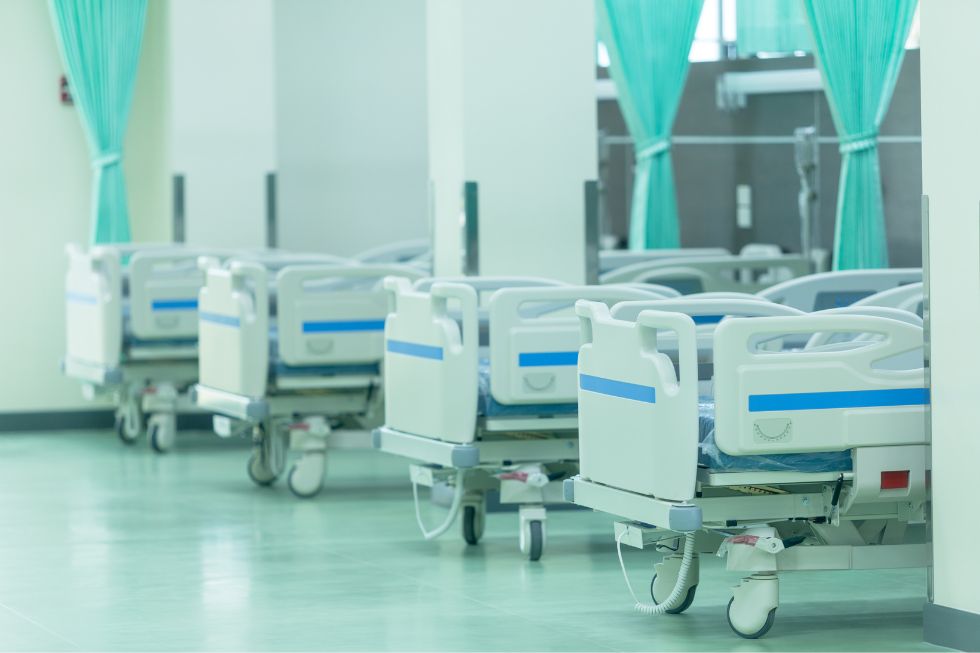Medical equipment, also known as medical devices, encompasses a broad range of tools utilized in the healthcare industry to diagnose, monitor, and treat various medical conditions. These instruments—from simple devices like thermometers to highly sophisticated machines such as MRIs—play an integral role in delivering quality care to patients. Delve into the importance of choosing the right medical equipment and how these devices affect providers and patients.
Ensuring Accurate Diagnoses
Quality medical equipment aids healthcare providers in accurately diagnosing conditions. Medical devices are crucial for detecting health issues early and reliably, enabling healthcare providers to devise effective treatment plans. By utilizing top-notch instruments and equipment, physicians can identify potential problems in their early stages, thereby increasing the chances of successful treatment outcomes and improving patient satisfaction rates.
Accurate diagnosis lays the foundation for personalized treatment plans, reduces the risk of complications, and ultimately improves the overall quality of life for patients. Inaccurate or delayed diagnosis can lead to serious consequences, such as incorrect treatment, disease progression, and even death. Because correctly diagnosing patients as soon as possible is crucial for health outcomes, medical care providers must equip their facilities with the right equipment.
Improving Patient Comfort
Another reason it’s important to choose the right medical equipment is that healthcare facilities must provide the proper devices to support patient comfort. Utilizing equipment specifically designed for certain procedures or conditions can drastically enhance patients’ experiences and comfort levels during treatments. For example, an excellent examination table will not only make the patient feel more at ease but also give the physician clear access to the treatment site.
Quality Beds Reduce Complications
Modern technology has led to the development of various devices and equipment that minimize pain and discomfort, ultimately resulting in a less stressful visit for the patient. Hill-Rom hospital beds, for instance, have adjustable features that contribute to patient recovery and allow for improved mobility. The bed’s design can help reduce the risk of complications such as pressure sores and blood clots, proving their crucial importance in healthcare settings.
Reducing Long-Term Costs
Investing in high-quality used or reconditioned medical equipment can often result in significant long-term cost savings for healthcare facilities. Several factors contribute to this, including durability and reduced maintenance requirements. By choosing top-tier tools, healthcare providers can avoid the additional expenses associated with frequent repairs or replacements—not to mention the potential loss of income due to equipment downtime.
Additionally, the right medical equipment can minimize the likelihood of errors occurring during diagnostics and treatment procedures. By limiting the possibility of mistakes, hospitals and clinics can avoid costly malpractice disputes, resulting in substantial monetary savings and increased patient confidence in their healthcare providers.
By selecting the best tools and technology available, healthcare providers can improve diagnostic accuracy, enhance patient comfort, and enjoy long-term cost savings. Purchasing new or reconditioned medical equipment is a strategic decision that impacts the quality of care in a facility. Give top priority to the process of selecting medical equipment that meets your goals of delivering effective and safe care.


Recent Comments